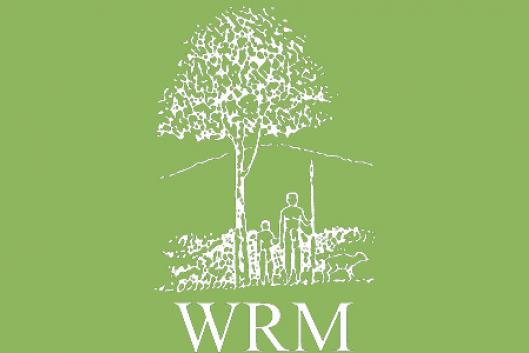As in many other countries, Gambia's forests are facing a type of forest degradation which implies the substitution of native species by an exotic. But this is not the common situation where plantation companies substitute native forests by eucalyptus, pines or palm oil plantations. In this case, the villain is a "good" tree, brought into the country by Indian immigrants: the Neem tree (Azadirachta indica). In India, this tree has a number of positive features, among which the production of a useful natural pesticide. In Gambia, it is becoming a pest. But not because native forests are being cut to plant neem: the tree is slowly invading the forest and getting increasingly out of control.
Such situation is not unique to Gambia. Many non-native trees and shrubs are becoming invasive in many of the world's forests, leading to dramatic changes in forests' floristic composition and subsequent changes in local wildlife and peoples' livelihoods. For a more detailed description of this process worldwide, we recommend Chris Bright's chapter on forests in "Life out of Bounds: bioinvasion in a borderless world" (New York, Norton, 1998).
Source: Jato S. Sillah (pers. comm.)
